Corn Insects
All Corn Insects Content

Crop Hour
SDSU Extension Crop Hour webinars provide valuable information for South Dakota crop producers to help them improve their profitability and prepare for the upcoming season.
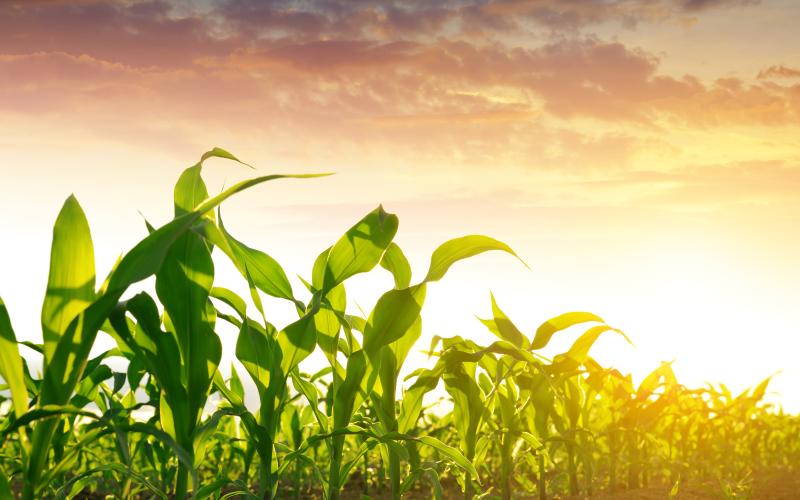
Corn
Nearly one out of every three dollars generated by South Dakota agriculture starts in a corn field. Two of every three rows of corn become ethanol.
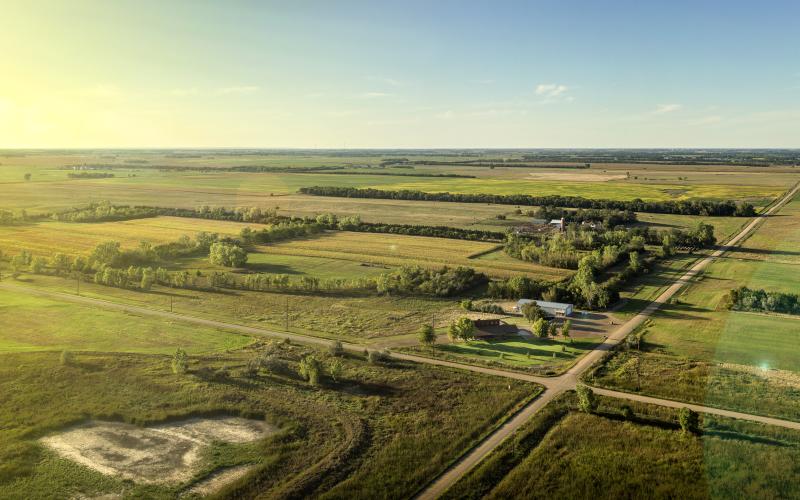
Crops
During the growing season, SDSU Extension provides weekly production recommendations.
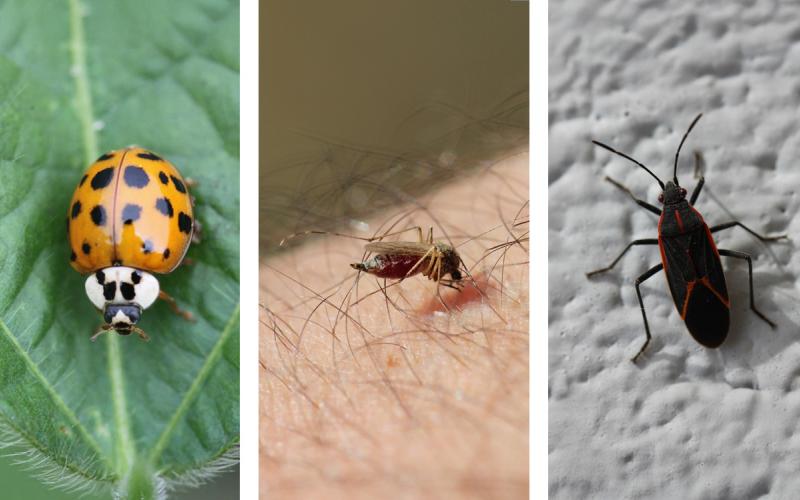
Insects Are Being a Nuisance This Fall
The weather is changing, and many of us are noticing an uptick in the nuisance bites caused by several insects. The continued warm weather is going to increase the activity of all insects, including the ones that are causing us displeasure.
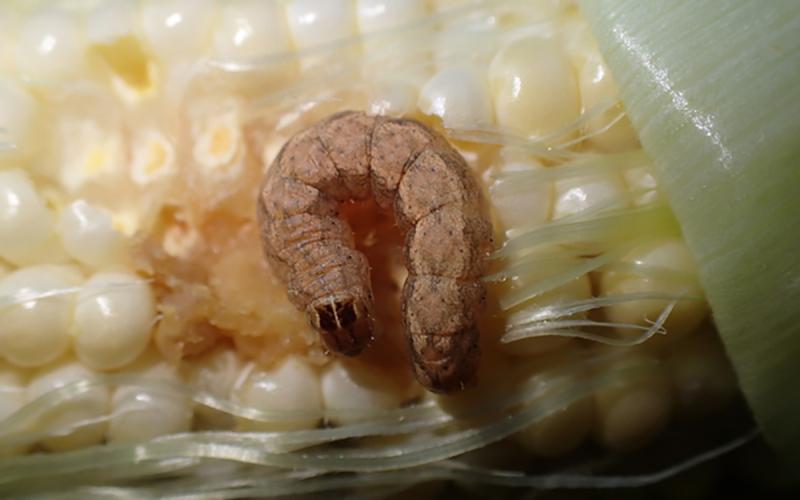
Western Bean Cutworms Detected in South Dakota Corn
Western bean cutworm caterpillars have been reported in South Dakota corn. This pest can cause yield loss by feeding on the tassels, silks, and ears. In addition, ear feeding activities increase the likelihood of secondary diseases and mold growth on the ear.
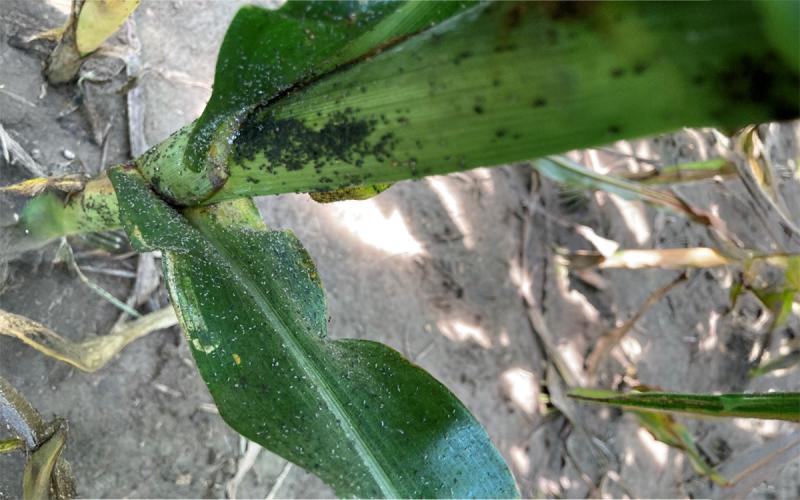
Aphids Infesting Corn in South Dakota
Aphid populations are taking off in some southeastern South Dakota corn fields. The two aphid species that are commonly observed in corn include the corn leaf aphid and the bird cherry oat aphid.
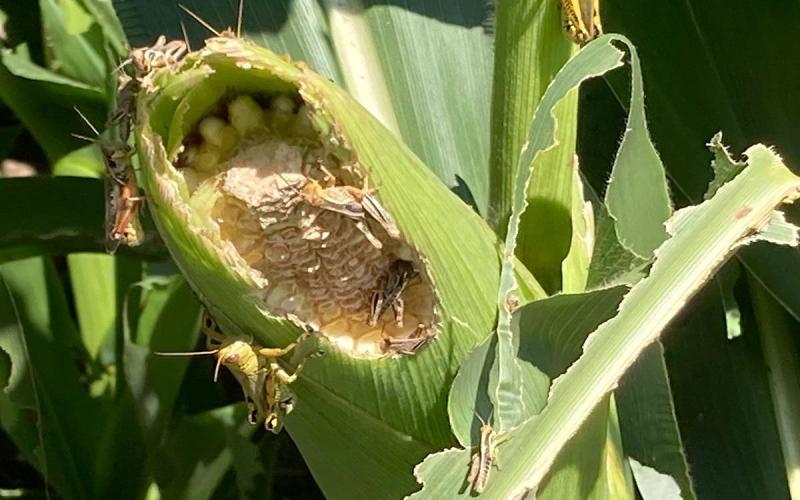
Grasshopper Populations Continue to Cause Issues in South Dakota
Recent reports of crop loss along field edges indicate that grasshopper populations in some areas of South Dakota are well above threshold. Unfortunately, crops are often the target of these moving populations.
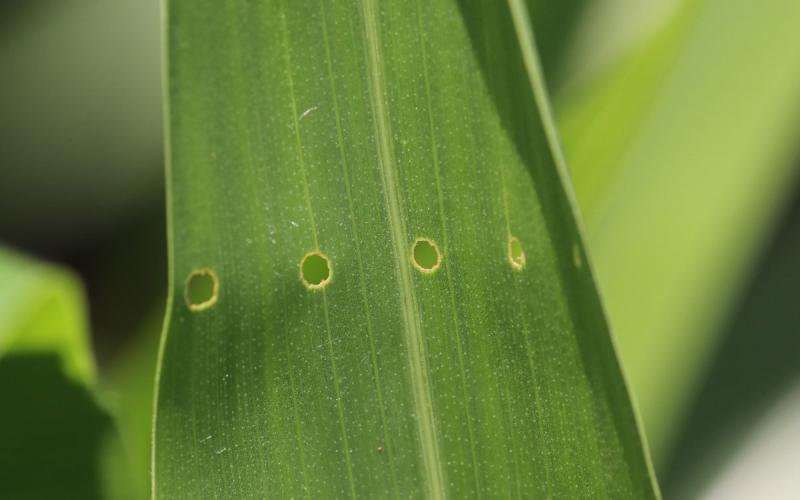
European Corn Borer Caterpillars Infesting Conventional Corn in South Dakota
European corn borer caterpillars have been observed in conventional corn at several South Dakota locations. Indicators for the presence of European corn borer caterpillars in corn are a line of straight holes in the upper leaves that is often referred to as "shot-hole injury."
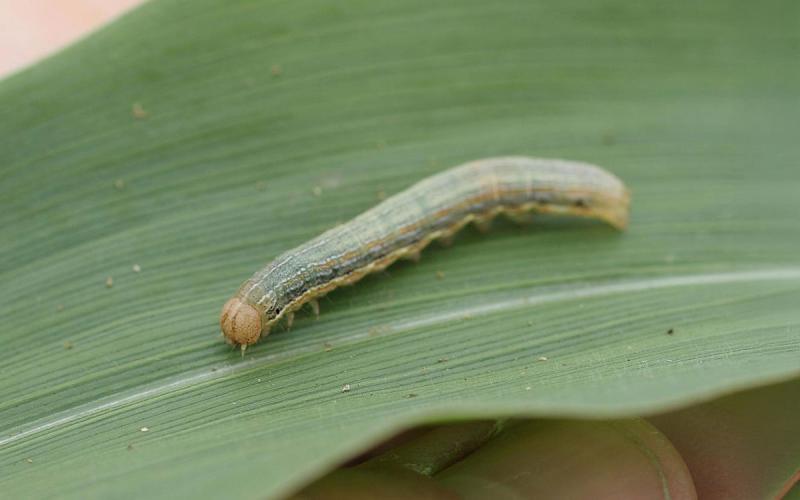
Reports of Pyrethroid Failures for True Armyworm Caterpillar Management
True armyworm caterpillars reached thresholds in oats and wheat in many areas of South Dakota recently. Management efforts to reduce populations had varying levels of success, with SDSU Extension receiving numerous reports of pyrethroid insecticide failures.
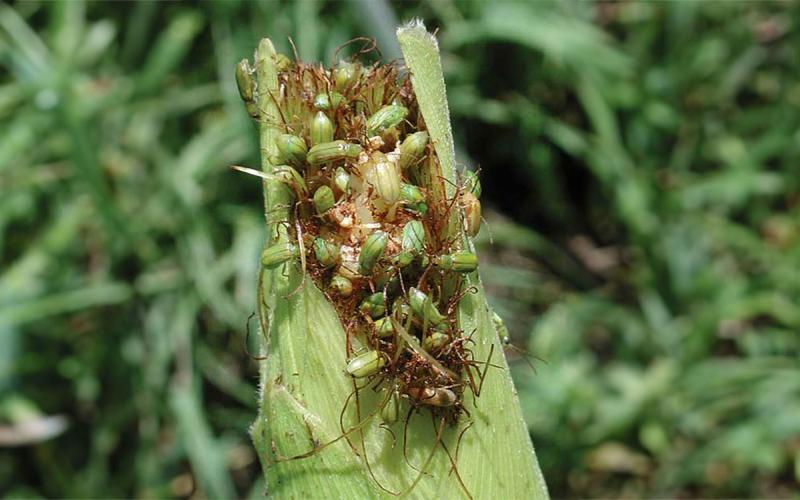
Adult Corn Rootworms Are Active in South Dakota
Corn rootworm adults are active across South Dakota, and as a reminder it’s a good time to scout corn to determine if your fields have a rootworm issue.